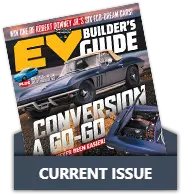SpeedBrake Installation With Gale Banks
Just a few short years ago, the thought of 600 hp and 1000 lb-ft of torque in a daily driven street diesel was unimaginable. But thanks to the marvels of technology, not only is this kind of insane power possible, it only takes handful of mod’s and a weekend with a capable group of friends.
Funny thing is, everyone talks about adding big power and having the capability of towing more than four times the weight of their trucks, but seldom do owners talk about slowing all that mass down. That’s right, your big-power rig might be able to yank a 20,000-pound trailer up the steepest of grades, but what about on the backside? Are your brakes cooked, pedal mashed to the floor, white-knuckling your way to a runoff spot?
While that might be a bit of an overstatement (since most modern brake systems are capable of hauling down sizeable loads in most conditions) how much is really left in reserve? In a panic situation, do you have enough to safely haul down your truck and trailer? What if you could distribute some of the deceleration forces away from the brakes and into the engine and drivetrain? As it turns out, it’s possible to do so with modern Duramax and Power Stroke-equipped trucks.
MUCH MORE THAN EXHAUST BRAKES
As I’m sure you already know, exhaust brakes can be quite effective at scrubbing speed. In most cases, an exhaust brake is a pneumatically controlled valve placed in the exhaust system that can increase backpressure and thus decelerate forces. But as effective as exhaust brakes are, traditionally they’re either “on or off,” which means there’s very little modulation.
According to John Espino of Banks, as far back at the late ‘90s, Banks was experimenting with improving the braking performance of street-driven diesels, and although they made a great exhaust brake at the time, they were looking for the ultimate fix and quickly realized that a traditional exhaust brake just wasn’t going to cut it:
“We came up with the idea of using the brake for more than ‘on or off’ braking by creating the methodology of using the brake as an active component that would regulate downhill speed and the braking intensity based on a set speed point the driver selects,” he said.
OK, so they wanted to incorporate an all-encompassing braking system for street driven trucks, but how did they go from concept to reality?
“Our first prototype was for the Ford Power Stroke equipped with a 7.3-liter engine. The electronics we created were extensive, and rather complicated. Since this effort predated CAN we had to use a lot of wiretapping to get the signals we needed to make it function correctly. It worked awesome, moving the butterfly valve constantly in order to regulate speed and the amount of braking force…but at a cost of around 20 wire taps. That’s 20 taps that can lose connection, or be installed incorrectly. It was a great idea that worked well but just wasn’t commercial. We needed technology to catch up with what we were thinking,” Espino said.
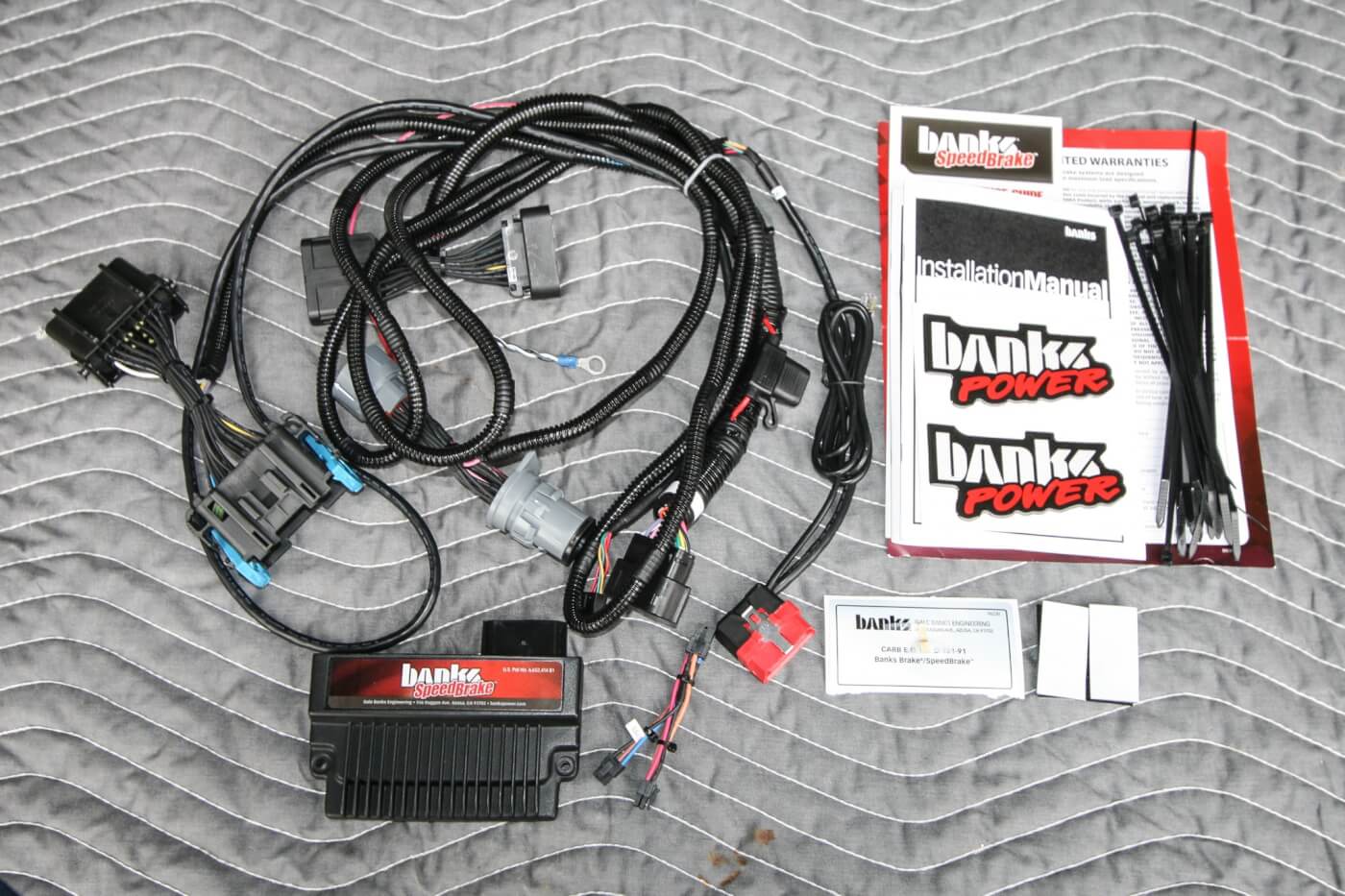
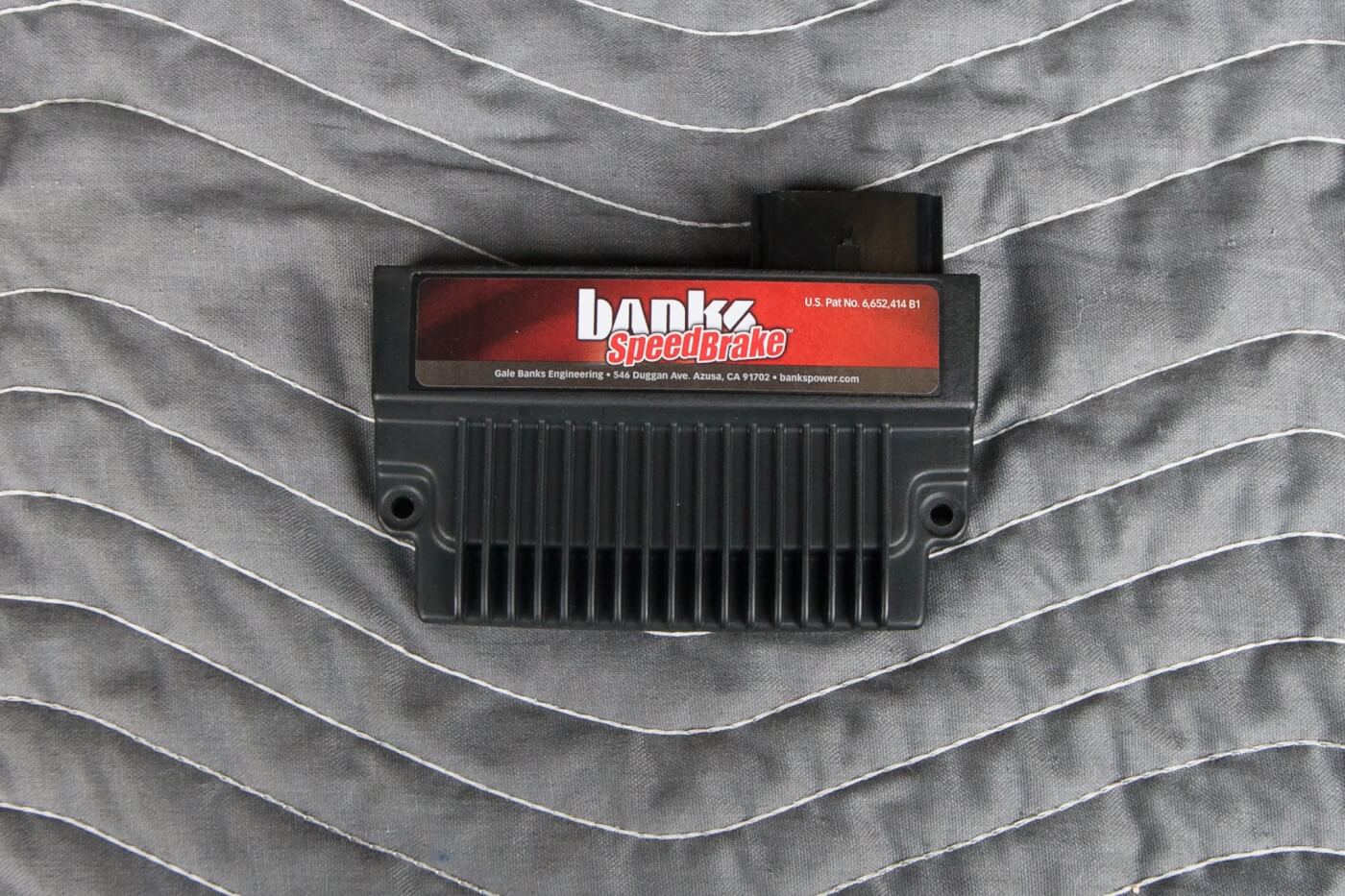
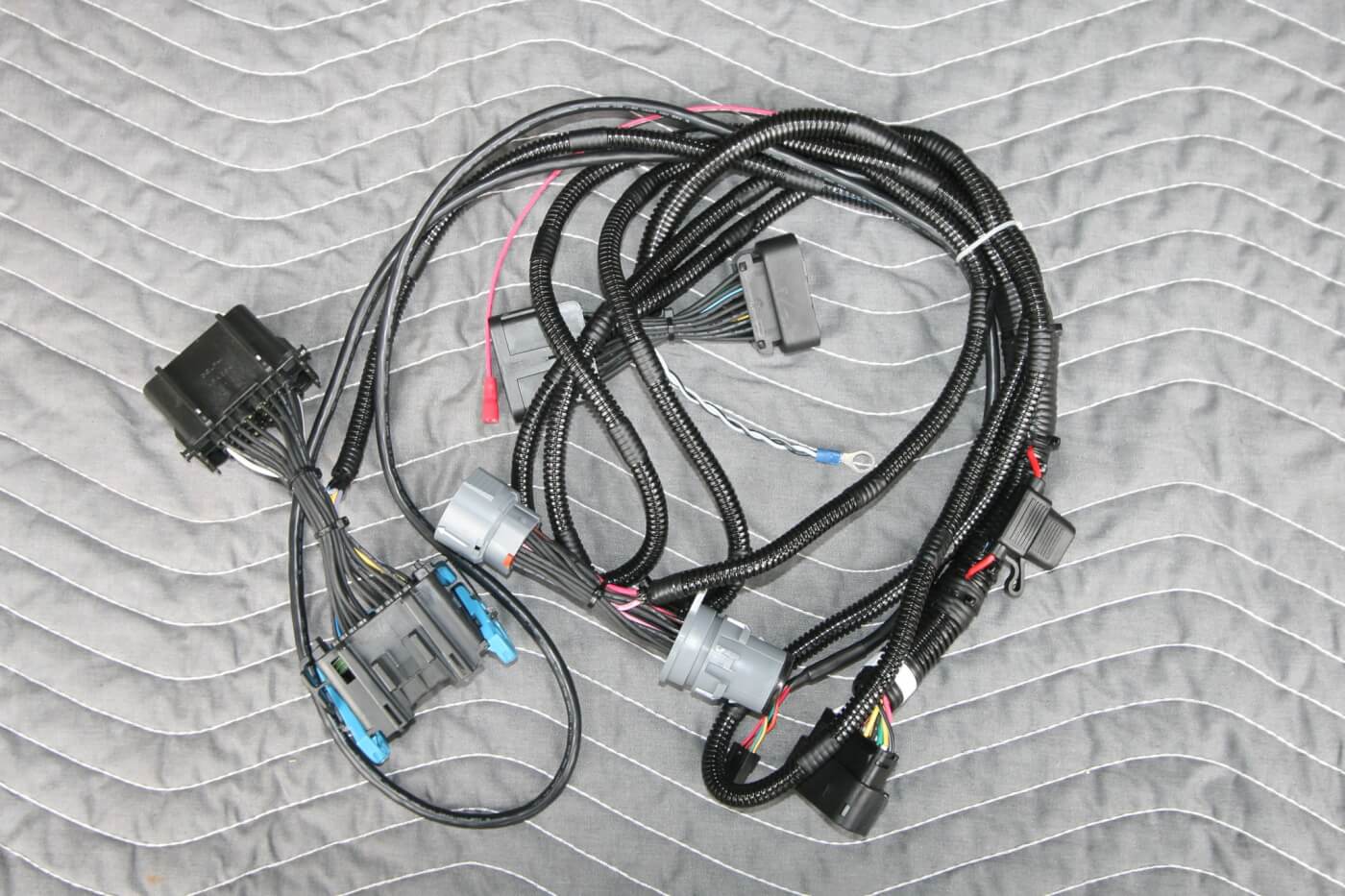
DIFFERENT BY DESIGN
Although it took the OEMs a decade to catch up, when stock diesels started arriving with variable vein turbos from the factory, it meant that Banks’ goal of providing a comprehensive braking system could finally come to fruition:
“The SpeedBrake is purely electronic and plugs directly into factory connections, and through the Banks iQ’s touch screen, the user can set the target speed that they feel comfortable with when heading down a grade, and the SpeedBrake will work to keep the truck and its load in that zone. Think of it as downhill cruise control,” Espino said. “The SpeedBrake works by reading signals from the CANBUS, varying the vane position (on the turbo since the Duramax uses variable vanes instead of a wastegate) to provide optimal engine backpressure, controls the transmission to shift to the best gear for any braking situation (without building excessive RPMs) and locks the torque converter all to optimize the braking performance that you set,” he added.
You get the point; it uses many different parameters like the turbo, the transmission and the torque converter to help slow downhill speed. But what does this mean from the driver’s seat? Well, it means that not only can the driver set a downhill speed that the truck will then adhere to without having to monitor the brakes, but in the event the driver wants even more braking performance beyond stepping on the brake pedal harder, the SpeedBrake settings can be cranked up to more aggressive parameters so that the engine, turbo and drivetrain help to further scrub speed.


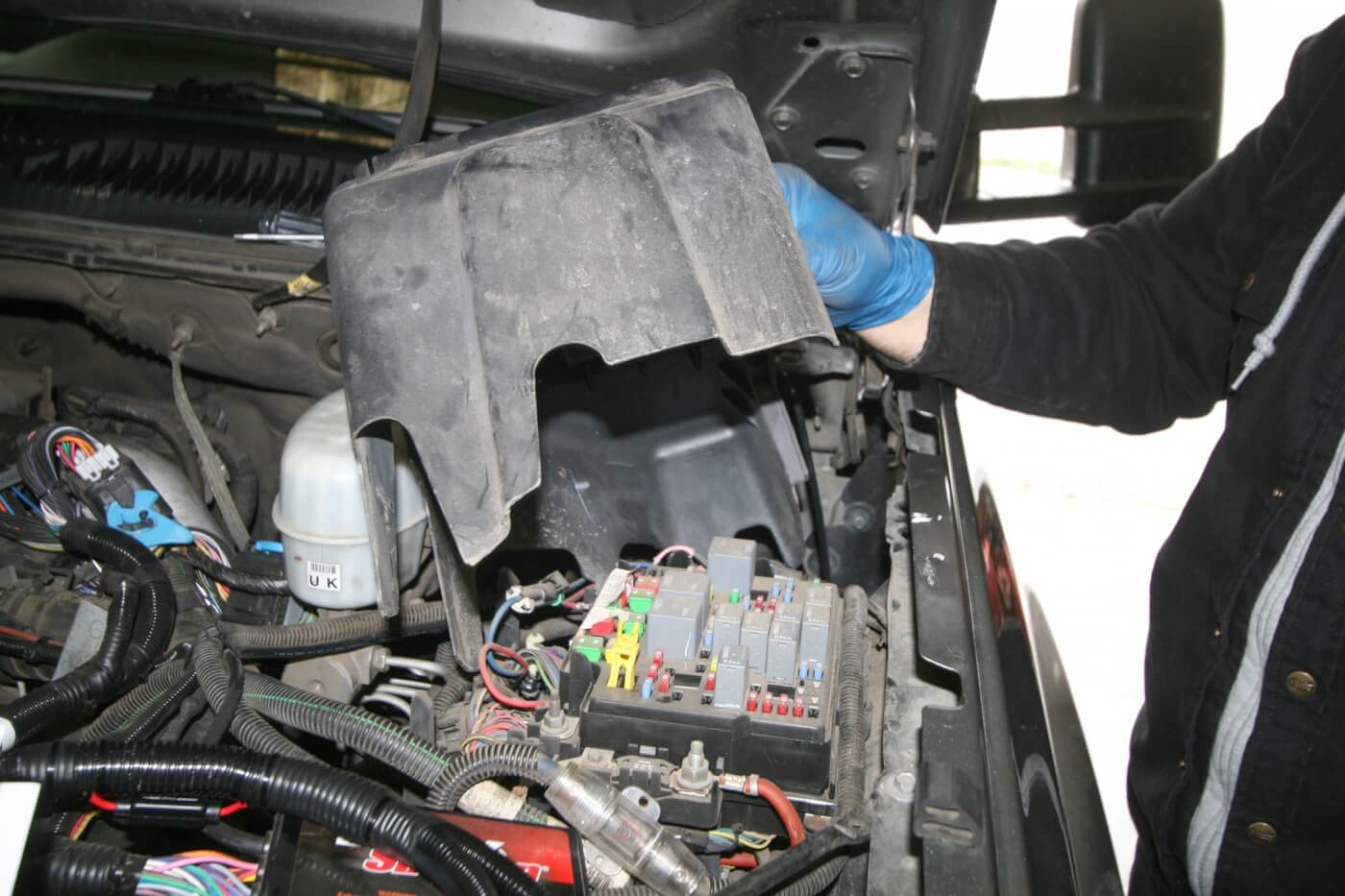
EASY INSTALL
As we’ve come to expect from Banks, the installation of the SpeedBrake was nice and simple. In our case, we’d previously installed a Six-Gun tuner, which meant the SpeedBrake was a plug-and-play affair, but for those who don’t have a Six-Gun, the SpeedBrake can also be installed as a freestanding unit.
Although we must admit, that in order to take full advantage of the SpeedBrake’s options and the many handy features the Six-Gun has to offer (user-set speed, coolant and transmission temp alerts, live fuel economy and full control over the SpeedBrake) it’s in your best interest to pair it with the Six-Gun. As for the actual installation, we paid a visit to Stanton Performance in Martinez, California for a tidy and thorough install. Owner Jeremy Stanton had our 2006 Chevrolet Silverado 2500 in and out in a few hours thanks to his expertise coupled with the detailed instructions and the plug-and-play nature of the product.
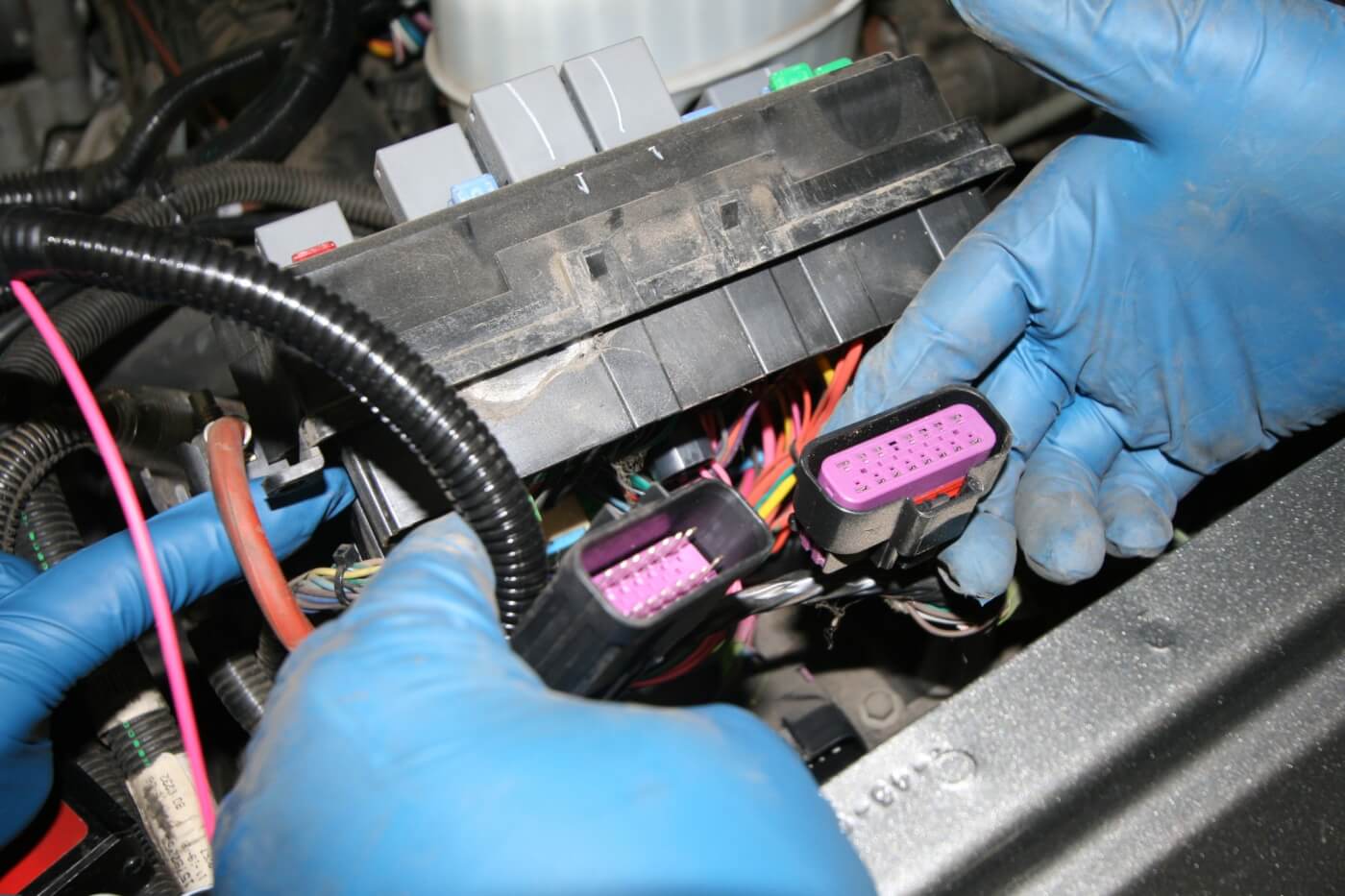


TRAIL TALES
Having used the SpeedBrake for several weeks now, we had no idea how we towed without the SpeedBrake the first time we were hooked up to a heavy load. Seriously, if not for the incredible downhill speed settings that allow one to set it and forget it, the fact we can dial in the aggressiveness of the settings for descent levels or payload makes this product invaluable. We were already fans of the iQ tuner since it gave us control over the CAN-BUS system on the truck, but now that we can also control our downhill speed with the poke of a button, we’re beyond impressed.
The installation was simple; the product works flawlessly, and now we can hold safe road speeds on hills without cooking the brakes or excessive RPMs. If some bloke had told us the SpeedBrake worked this well, prior to our testing, we would have called him a dreamer. But now that we’ve tried it first hand, you can call us believers. DW
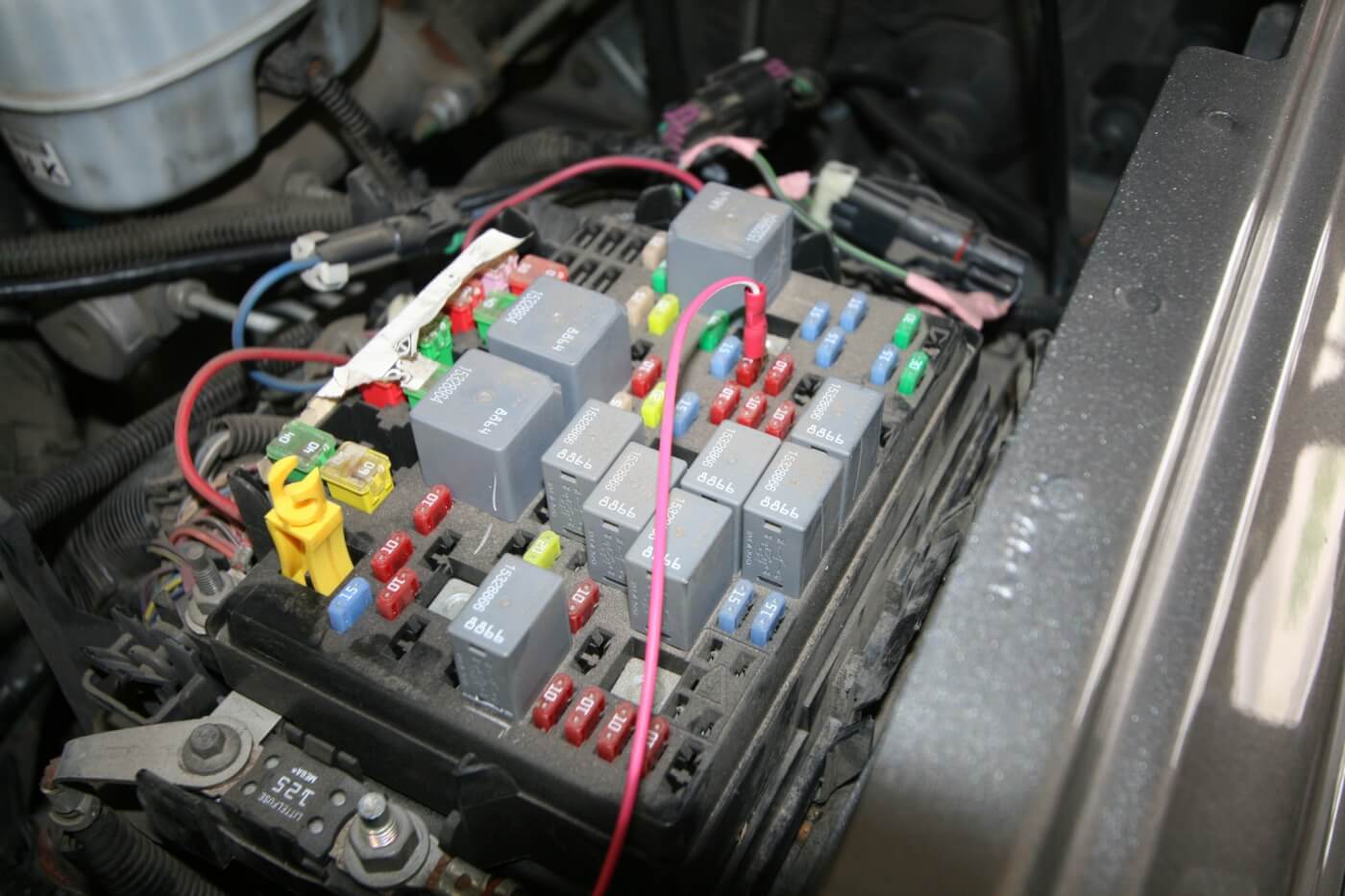
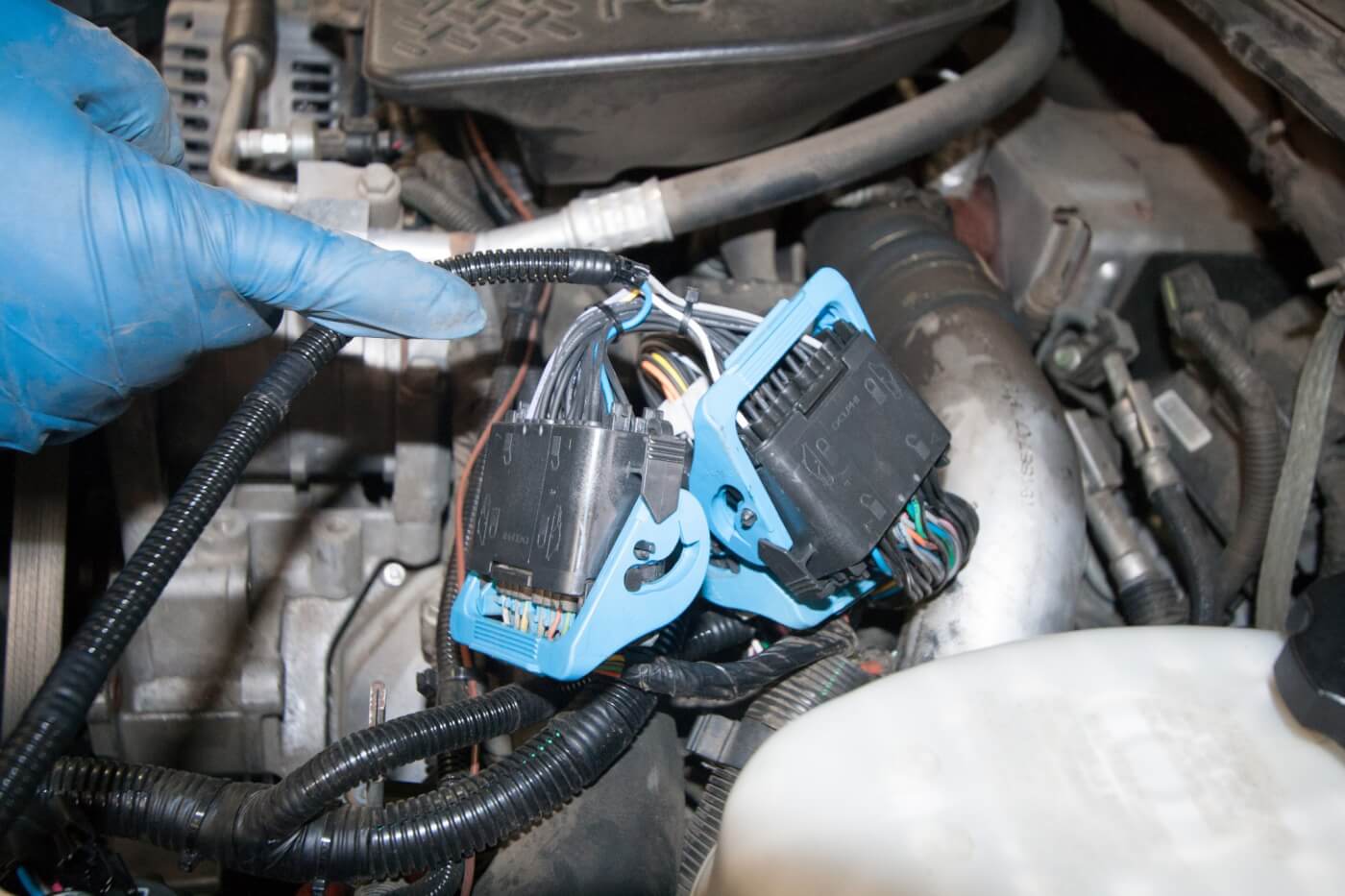
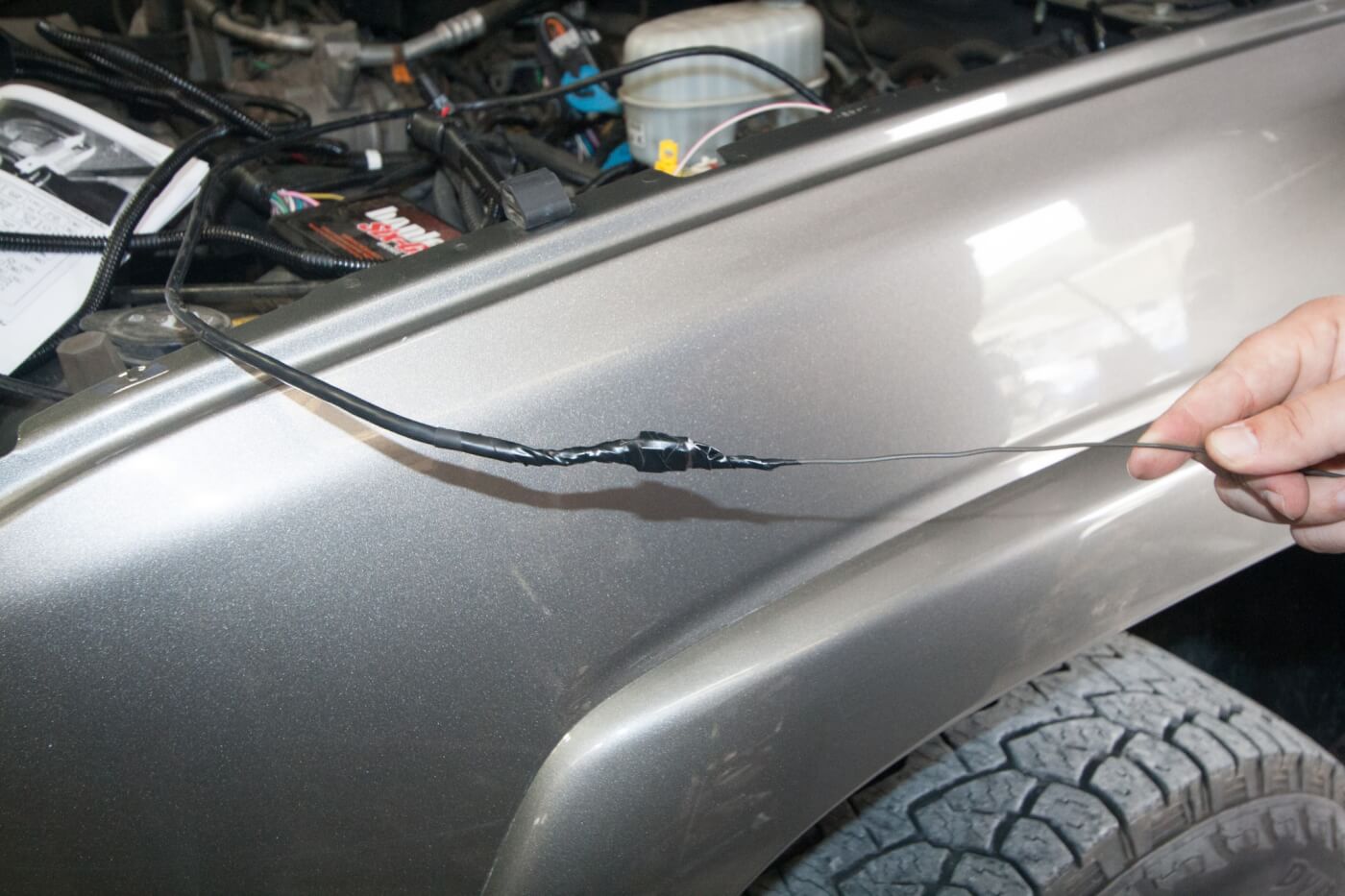


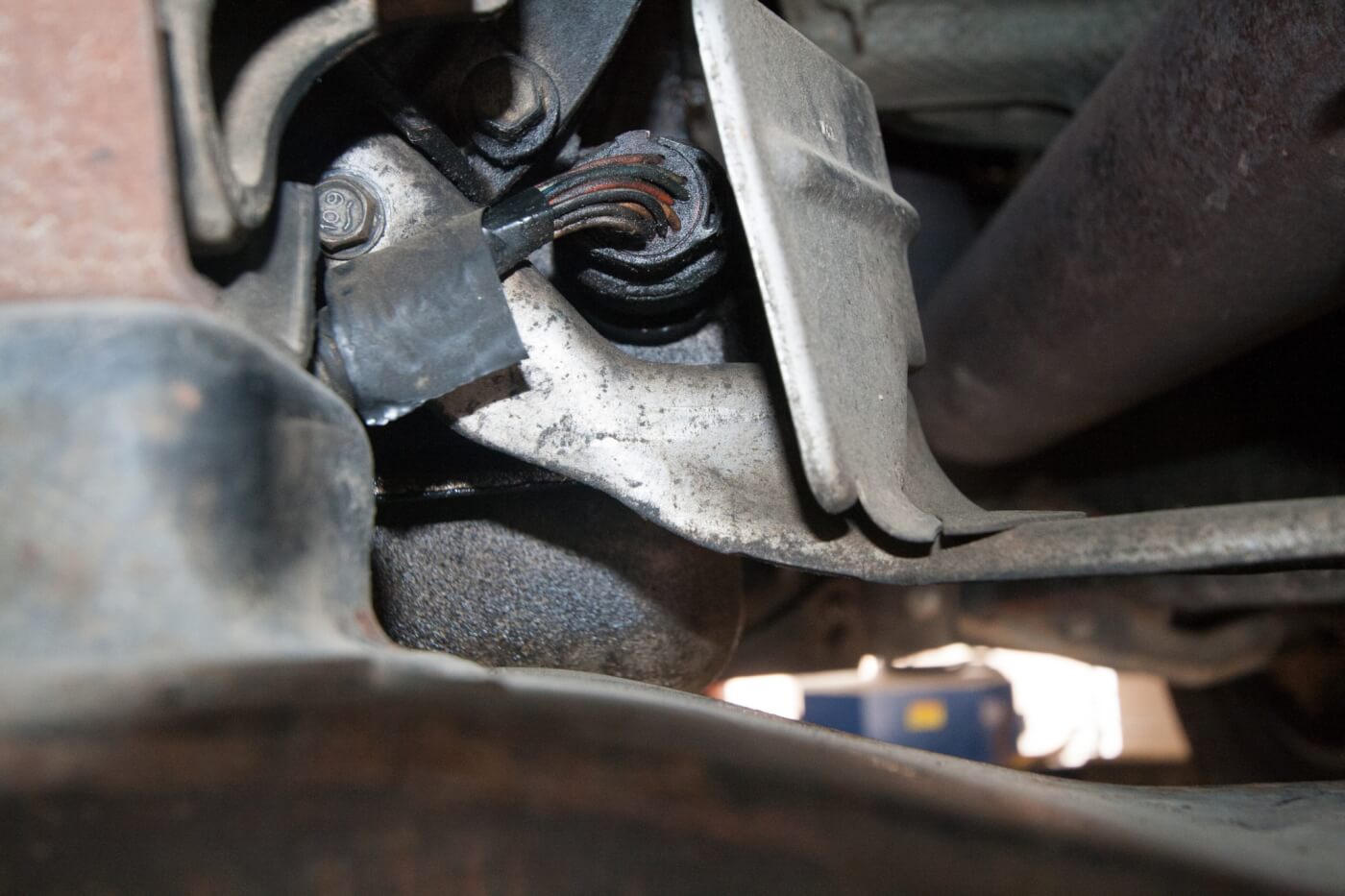
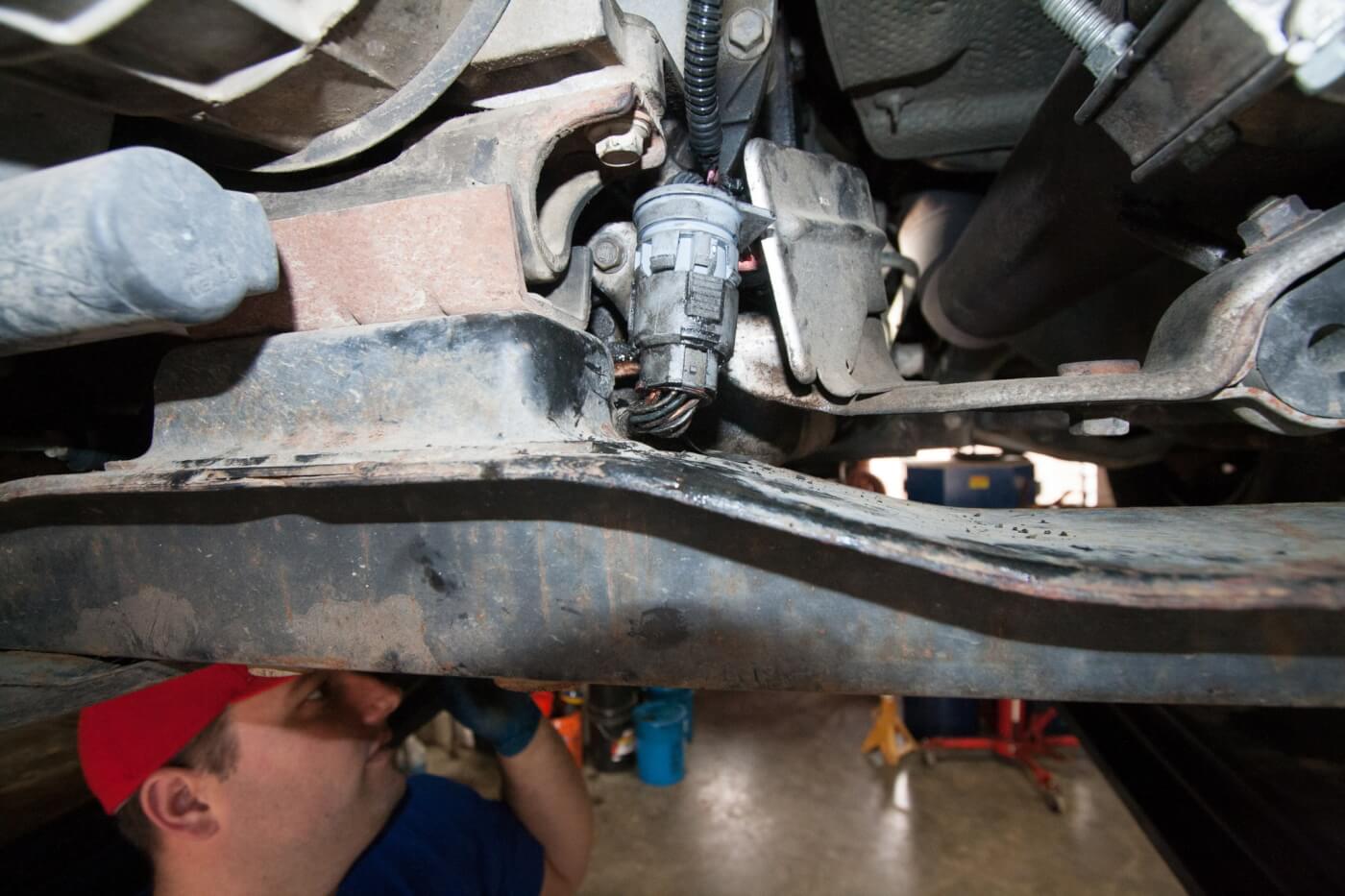
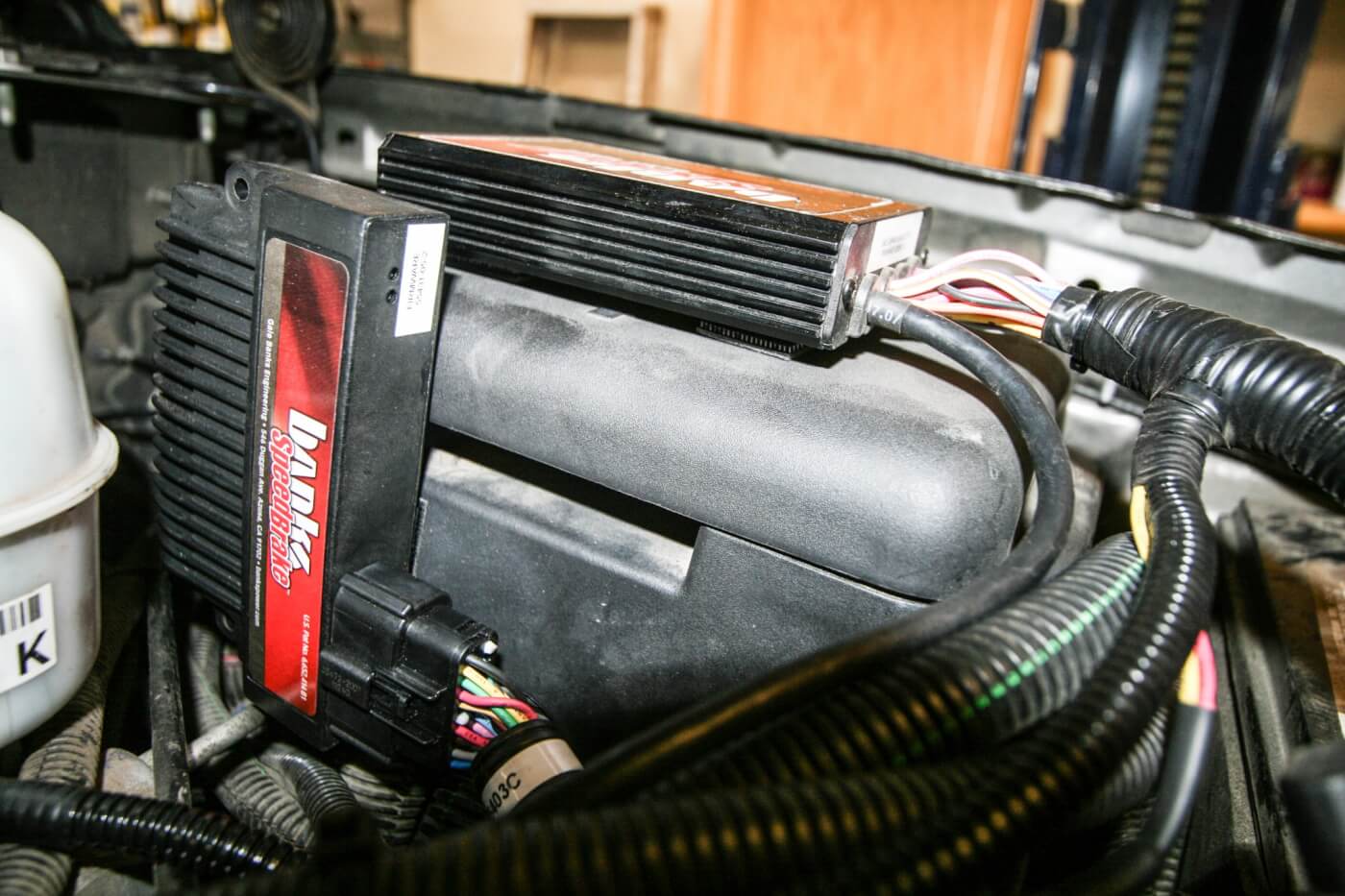
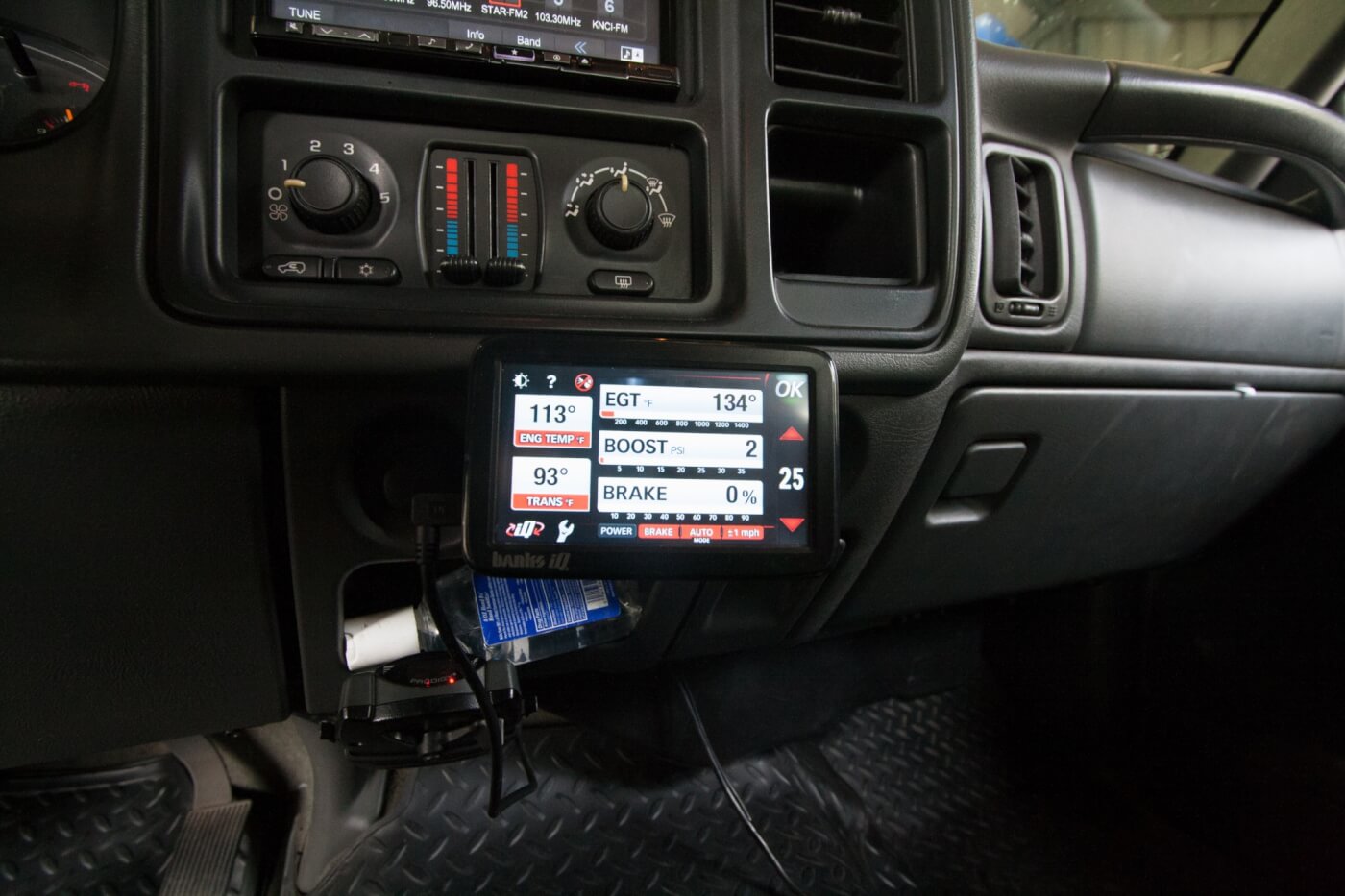
SOURCES:
Gale Banks Engineering
800.601.8072
Stanton Performance
925.335.6022







